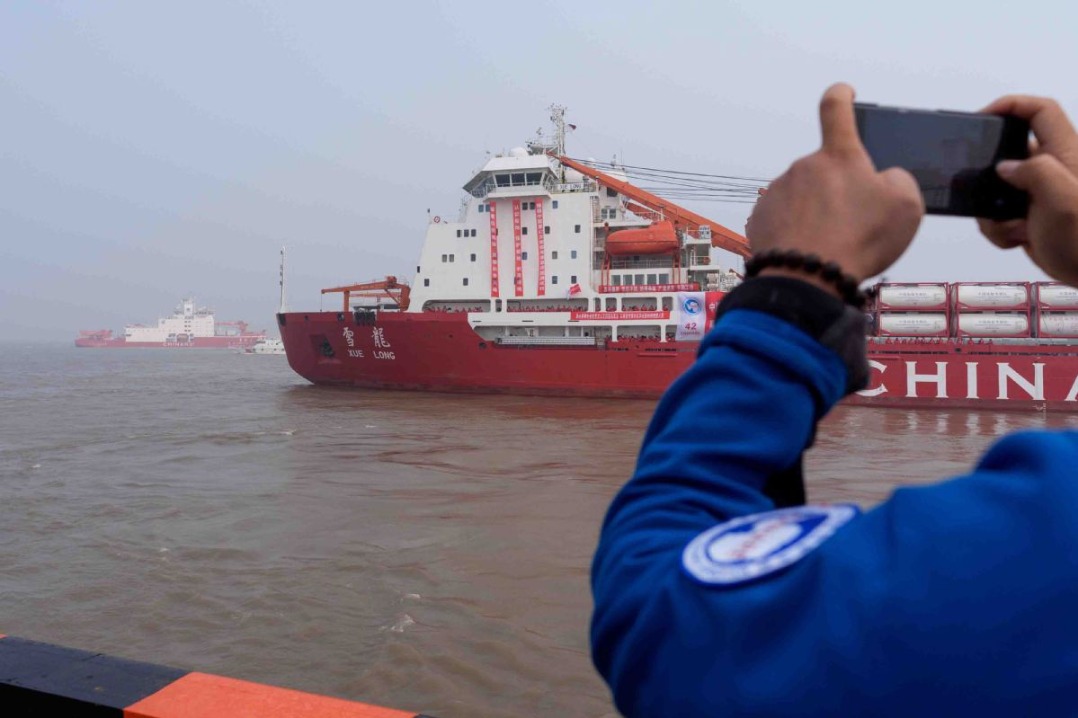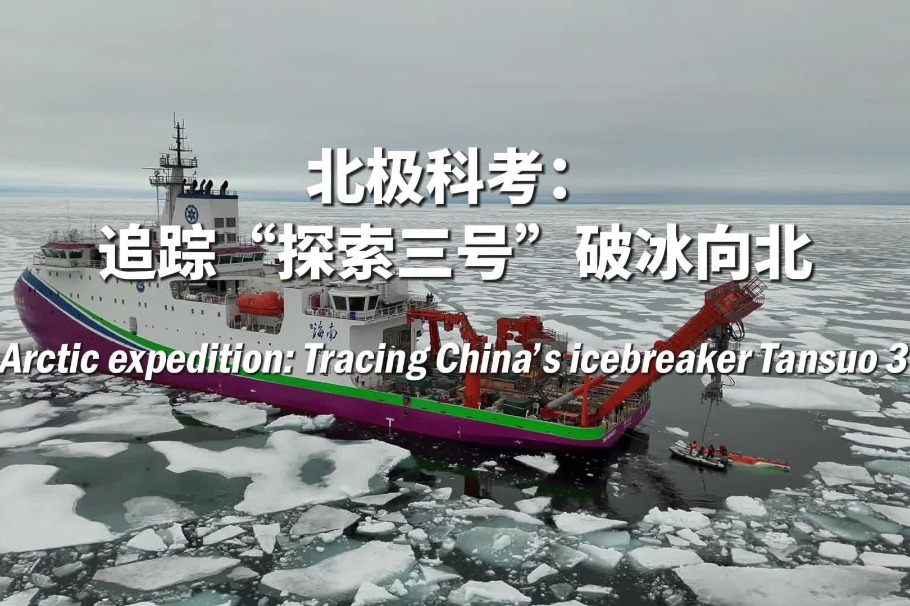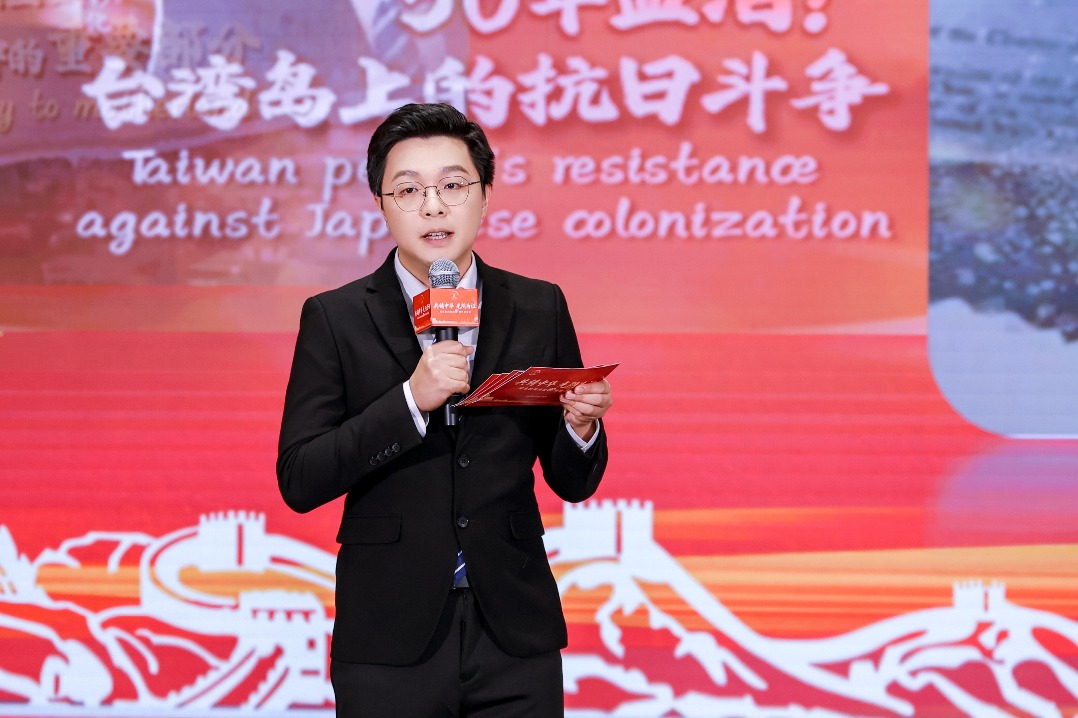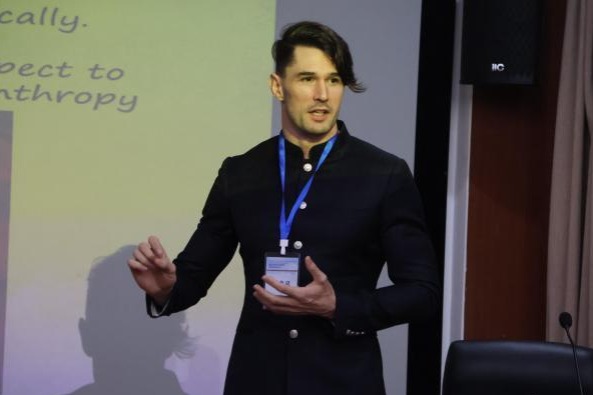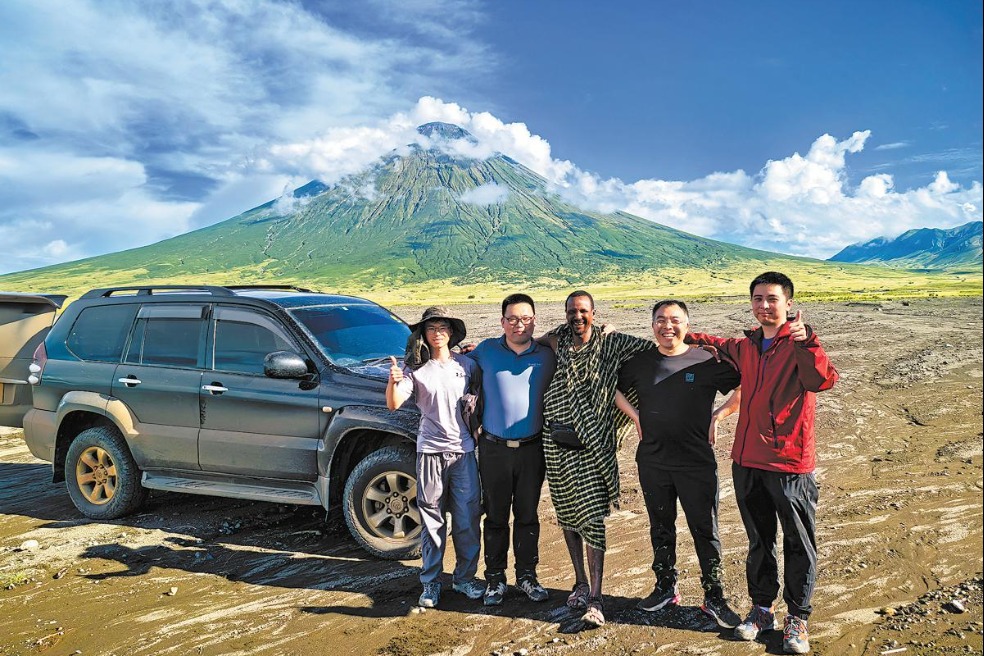Shenzhen named host city for APEC 2026 as China champions cooperation, green growth

GYEONGJU, South Korea -- If there is a city in China that embodies the spirit of breaking new ground, daring to dream, and turning visions into reality, it is Shenzhen.
From a fishing village in southern China about four decades ago to a global innovation powerhouse today, the city has become a living showcase of China's reform and opening-up, as well as a launchpad for the future of sustainable, digital and green development. Shenzhen is suitable to chart the future of Asia-Pacific cooperation.
On Saturday, Chinese President Xi Jinping announced here that Shenzhen will host the Asia-Pacific Economic Cooperation (APEC) Economic Leaders' Meeting in November 2026.
Noting that Shenzhen has developed from a small and backward fishing village into a modern international metropolis over the past few decades, Xi said that the city's rise is a miracle in the history of world development created by the Chinese people and also an important window to China's unswerving pursuit of a mutually beneficial and win-win opening-up strategy.
LIVING LAB OF OPEN INNOVATION
In a speech at the second session of the 32nd APEC Economic Leaders' Meeting under the title "Jointly Forging a Sustainable and Brighter Future," Xi highlighted the need for open innovation by leveraging shared scientific and technological advances through collaborative efforts.
"At present, the new wave of scientific and technological revolution and industrial transformation is deepening," Xi said.
"Challenges such as climate change, food security and energy security are intensifying. Asia-Pacific economies must enhance mutually beneficial cooperation, make good use of new opportunities, stand up to new challenges, and forge a sustainable and brighter future together," he said.
For Daniel Dumbrill, a Canadian current affairs commentator who once lived in Shenzhen for 14 years, Shenzhen exemplifies cooperative action in the tech field.
"Much of APEC's purpose is practical cooperation: trade, tech-sharing and green growth. Shenzhen doesn't preach -- it delivers," he said. "Shenzhen fits APEC's style perfectly and can act as inspiration for the entire APEC region."
Characterized by a dense cluster of leading tech enterprises and high-growth startups in artificial intelligence (AI), biotech and advanced manufacturing, Shenzhen's strategic emerging industries have become a pillar of its economy. Their added value rose to 1.56 trillion yuan (about 220 billion U.S. dollars) in 2024, representing 42.3 percent of the city's gross domestic product (GDP).
The city's unwavering drive for innovation aligns perfectly with Xi's call for APEC economies to "unleash the potential of digital and smart development to give the Asia-Pacific region a fresh edge in innovation-driven development" and "promote new quality productive forces." But equally important is the fact that in Shenzhen, the spirit of cooperation has long been taking root.
Shenzhen's strengths in sectors such as electronic information, new energy and AI align closely with the strong demand from Association of Southeast Asian Nations (ASEAN) countries undergoing digital and industrial transformation.
At the 22nd China-ASEAN Expo held in September, Shenzhen's "Smart Manufacturing" drew global attention with its innovative edge, resulting in on-site contracts worth 47.61 million yuan (about 6.7 million dollars) and intended deals totaling 192.4 million yuan (about 27.1 million dollars).
Meanwhile, since 1999, the China High-tech Fair has been held annually in Shenzhen, serving as a significant window for China's opening-up in the high-tech sector and an important platform for exchanging and trading technological achievements.
"APEC is a wildly diverse set of economies that all have unique strengths and weaknesses. As a new city, Shenzhen has been at the forefront of building a new style of global city," said Andrew Hutchins, associate professor at Shenzhen's Southern University of Science and Technology.
"Shenzhen has now fused its own unique characteristics based on research, innovation and organization that can serve as a model for new upcoming cities looking for rapid development," said Hutchins.
GREEN GROWTH PATTERN FOR FUTURE
During his speech, Xi called for staying committed to green and low-carbon development to build a new paradigm for sustainable development in the Asia-Pacific region.
"We should keep in mind our responsibility to our future generations, enhance synergy between green development strategies of all economies, promote free flows of quality green technologies and products, accelerate the green and low-carbon transition, and vigorously tackle climate change," Xi said.
Innovation in Shenzhen is not just digital. It is also green. Over the past years, the city has become a leader in clean energy and sustainable urban development. It is the first city in the world to electrify its entire public bus fleet, a transformation that has cut millions of tons of carbon emissions annually.
The city is a hub for renewable energy technology production, with companies manufacturing solar panels, wind turbines and energy-storage systems, and has also developed projects like the Shenzhen Energy Ring plant, which generates electricity from waste and supplies it to the city's grid.
China itself has set ambitious goals to have CO2 emissions peak before 2030 and achieve carbon neutrality before 2060. On Saturday, Xi briefed leaders of the APEC economies on China's concrete actions to advance global green transition.
"China has submitted its 2035 Nationally Determined Contributions on climate response, and will implement the system of dual control over the volume and intensity of carbon emissions across the board," said the Chinese leader.
"China has funded the establishment of the APEC Support Fund -- Sub-fund on Promoting Digitalization for Green Transitions, and will continue to implement relevant initiatives on clean energy and green transition," Xi said.
For Wirun Phichaiwongphakdee, director of the Thailand-China Research Center of the Belt and Road Initiative, the Asia-Pacific region should steadfastly pursue green economic and industrial strategies, continue strengthening strategic alignment with China's development initiatives, and build more stable and secure supply and industrial chains.
"China's transition to green and low-carbon development is steadily advancing. China's efforts toward achieving carbon peak and carbon neutrality have been widely recognized," said the expert.
As the host of the APEC Economic Leaders' Meeting in 2026, China shoulders the important mission of guiding Asia-Pacific cooperation and helping it reach a new stage, said Christina Ruth Elisabeth, economist at the Faculty of Economics and Business, University of Indonesia.
"In the field of sustainable development, advancing renewable energy and low-carbon investment will be crucial to supporting long-term growth," said the expert, stressing that the 2026 APEC meeting is expected to become a significant milestone in building a more open, inclusive, sustainable and resilient Asia-Pacific economy.
- Shenzhen named host city for APEC 2026 as China champions cooperation, green growth
- China to launch new-generation crewed spaceship in 2026
- China's top political advisory body concludes standing committee session
- China to celebrate the 160th birth anniversary of Sun Yat-sen
- PLA says Philippines' South China Sea 'joint patrol' undermines regional peace, stability
- Experts call China's next five-year plan a critical period for reforms

















